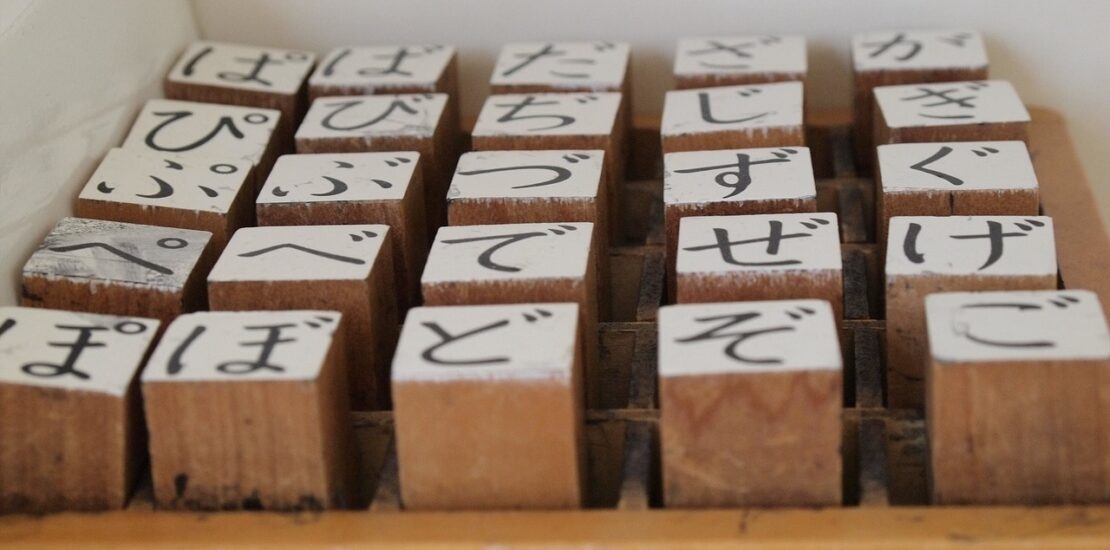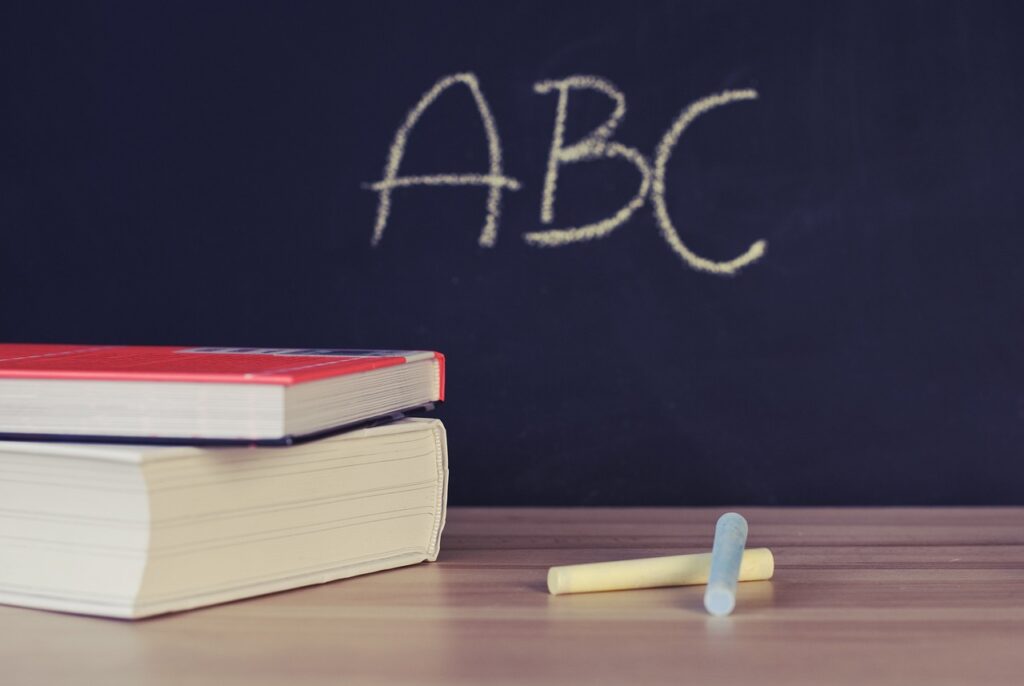Are you struggling with the ABCs of Japanese? Not sure whether it’s さ or き? Let me help you out as we talk about the basic Japanese Alphabets, Hiragana and Katakana.

Let’s Study Japanese: Tips for Learning Japanese Hiragana & Katakana Part 2
A Series of Events!

As I stated above, this is a series, specifically, this article is the second part of a four-part series. Did you think about your study methods from the previous article? If you haven’t, please follow this link to take care of that before you continue on.
A, B, C! 1, 2, 3!

There are two main alphabets that we will discuss in this article. I will give you resources and tips on how you can better remember and study them.
Hiragana

This is the very first alphabet you should learn. This will be your guide on how to say words in Japanese.
As we get more into grammar and vocabulary, you will find that a lot of basic things, such as particles, use the hiragana alphabet. It’s vital for you to learn and understand this before you can continue. I suggest that you learn the basics of this alphabet as you learn vocabulary words each day. This combination will help you to remember the vocabulary and how to spell them a bit easier.
Katakana

If you’re an English speaker, you’re going to love learning Katakana. Even if you’re not an English speaker, there might be some words that are in Japanese that are from your country’s language.
Usually, when you see words in katakana, they are borrowed words from other countries. What’s also great about this is that it’s not just used for other foreign words, but also for sound effects. Most likely your name will be spelled in katakana, so you should also try learning how to spell your name too.
Study Study Study

1)Mnemonics Books
Think of it as a game! It can be said for hiragana, katakana, and kanji, but you can kind of think of them as hieroglyphics. If you associate the letter with an image or a picture of something in your daily life, you’ll have an easier time recalling the letters until you can do so naturally. Check the resources below for a great book that associates the alphabet with different pictures and daily life things.
2)Write It Out
I recommend that you write it out in a notebook. You can go to Daiso and get one of the blank kanji books that breaks down the page into different quadrants/sections so that you can practice writing them. On top of using a notebook that you can write in every day, you can also get hand-held flashcards that you can use in between your busy schedule.
3)Daiso is Your Best Friend
You should be able to go to Daiso and get the flashcards that little kids use in order to remember the alphabet and words. They’re already created with letters and pictures, so you can just use them to study as soon as you pay for them. It’ll cost you no more than 200 yen if you get both sets. It’s a very cute and fun resource for you to use.
***Studying/Reviewing
Make sure to study at least two times a day.
I really think taking time in the morning or afternoon, and especially at night time is best. Even 15 minutes of studying can go such a long way.
Don’t try to learn everything at one time. I think just learning each section at a time is good. Start with the AIUEO/あいうえお. I would study that and try to write it down three days in a row. After that, start to tackle the “ka/か” section, and then after getting that down, go to the “sa/さ” strip of the chart.
Taking a couple of days to make sure that you got it down for the most part before you start tackling the next strip of letters is a must. One of the things that people mess up on when they’re studying is that they rush to learn everything at one time or don’t give themselves enough time to fully learn the first strip of letters before they go on to learn more. Be patient with yourself and make sure you understand and can remember before continuing on.
Resources for Learning

Here are just a few more resources for you to use as you are studying.
Book:
1)Tracing Pictures Hir. and Kat. Book
Apps:
3)MARU: LEqrn Japanese Hiragana
I’m Rooting For YOU!

As you keep at it, remember that learning Japanese hiragana and katakana is all about building momentum—just like a plane taking off. It might feel slow at first, but with each day of practice, you’ll lift off and soar. These alphabets are the building blocks of the Japanese language, so take your time, use the tools and tips we’ve discussed, and don’t rush the process.
How are you holding up? Are you doing your best? These tips should help you on your journey as you are learning. Think of yourself as a plane that’s taking off and building up momentum. You’re winding down the runway before you gradually start lifting up. It takes time and effort, but you’ll improve more and more as you study each day. I’m wishing you so much luck! Please look forward to the next article about grammar and vocabulary.
You’ve got this! Stick with it, and soon enough, you’ll be reading and writing with ease.



